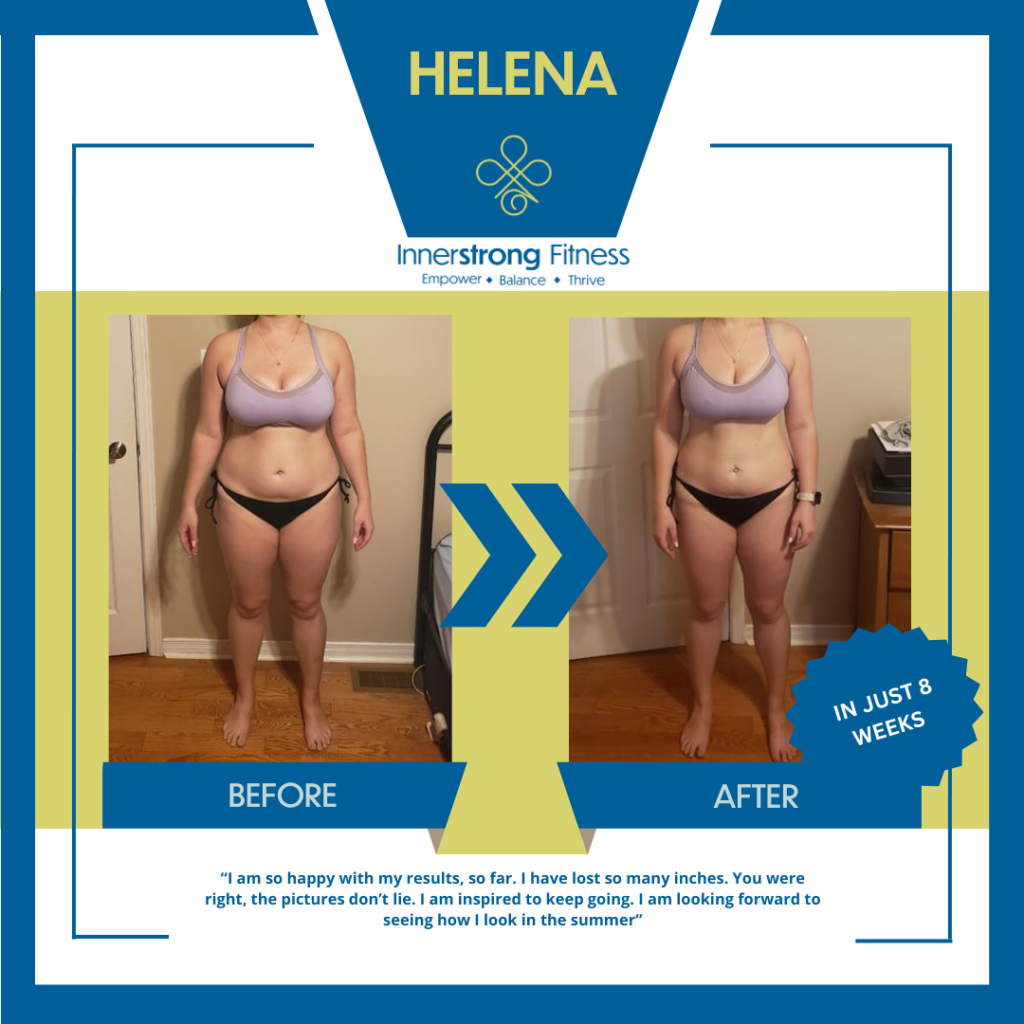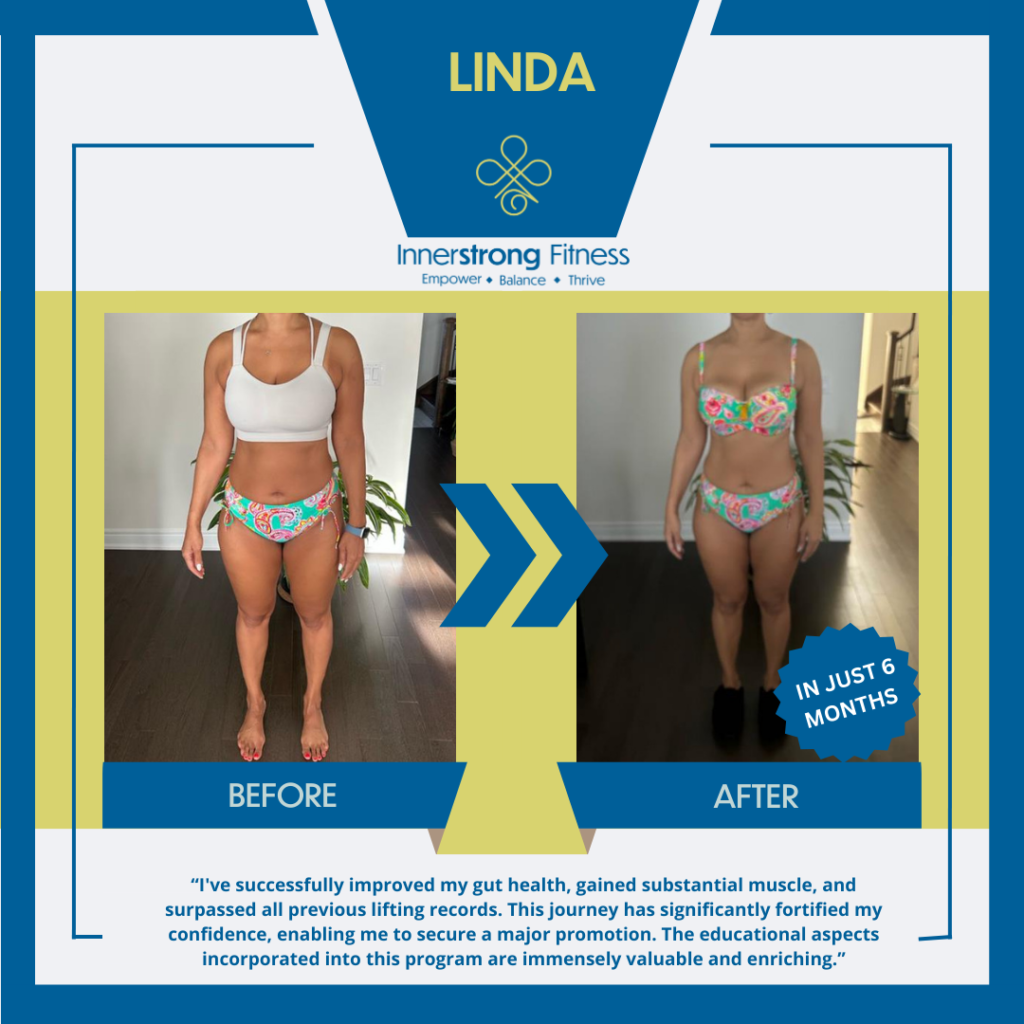When most people decide to lose weight, their first instinct is often to lace up their running shoes and hit the pavement or hop on a cardio machine at the gym. Cardio, after all, has long been associated with fat loss. From aerobics classes in the 1980s to today’s high-tech treadmills and cycling apps, cardiovascular exercise has been the go-to solution for burning calories. But is it really the best place to start?
While cardio certainly plays a role in a well-rounded fitness program, it’s not the most efficient or sustainable first step for losing weight. In fact, starting with cardio may actually hinder progress if other critical elements aren’t addressed first. To understand why, we need to look at the bigger picture of how the body loses fat—and what truly drives long-term success.
The Calorie Equation: Diet Comes First
At its core, weight loss is governed by energy balance—specifically, the relationship between calories consumed and calories expended. To lose weight, you need to be in a calorie deficit, meaning you consume fewer calories than your body uses.
While cardio burns calories, it’s relatively inefficient at creating a meaningful deficit on its own. For example, a 30-minute jog might burn 250–400 calories depending on intensity and body size. That’s roughly equivalent to a bagel or a small smoothie. And if dietary habits remain unchanged, those calories can be quickly replaced, nullifying the effort.
In contrast, adjusting your diet can create a much larger and more sustainable calorie deficit. Cutting out 300–500 calories per day through food choices is far easier to maintain than trying to burn that same amount through cardio every single day. That’s why nutrition is the cornerstone of weight loss—cardio should support it, not replace it.
The Problem with Relying on Cardio Alone
There are several downsides to leaning too heavily on cardio as your primary fat-loss strategy:
- Adaptation:
The body is incredibly adaptive. Over time, it becomes more efficient at cardio, meaning you burn fewer calories doing the same activity. This makes long-term weight loss through cardio alone unsustainable without constantly increasing duration or intensity. - Muscle Loss Risk:
Prolonged cardio without strength training or adequate protein intake can lead to muscle loss. This is counterproductive, as muscle tissue is metabolically active and helps maintain a higher resting metabolic rate. Losing muscle makes it harder to maintain fat loss over time. - Increased Appetite:
For some individuals, cardio increases hunger, which can lead to overeating and offset the calorie deficit it creates. Without strong nutritional habits in place, this can result in weight gain rather than loss. - Time Commitment:
Relying on cardio to burn calories requires a significant time investment. You can make far more impactful changes by focusing on meal quality, portion control, and overall eating patterns.
The Smarter First Step: Nutrition + Resistance Training
A more strategic and sustainable approach to fat loss begins with building a solid nutritional foundation and incorporating resistance training into your routine. Here’s why:
- Nutrition controls intake.
Managing your caloric intake through whole, nutrient-dense foods provides the most direct path to a calorie deficit. Learning to balance proteins, fats, and carbohydrates, while paying attention to portions and hunger cues, is far more powerful than trying to out-exercise a poor diet. - Resistance training preserves muscle.
Lifting weights or doing bodyweight resistance exercises helps maintain (or even build) lean muscle mass while in a calorie deficit. This not only helps with body composition (losing fat while keeping muscle), but also ensures your metabolism stays more robust during weight loss. - Improved body shape and strength.
While cardio can help you lose weight, it doesn’t shape your body the same way strength training does. Resistance training enhances muscle tone and physical capability, improving both aesthetics and function. - Long-term metabolic health.
Strength training supports better blood sugar control, insulin sensitivity, and overall hormonal balance—all of which are crucial for sustainable fat loss and health.
When Cardio Fits In
None of this is to say that cardio is useless. Far from it—cardiovascular exercise improves heart and lung health, boosts mood, enhances recovery, and burns calories. It can play a supportive role in a fat-loss journey, especially when used strategically:
- Low- to moderate-intensity cardio (like walking or cycling) can help increase daily energy expenditure without adding significant fatigue.
- High-intensity interval training (HIIT) can be an efficient way to burn calories and improve conditioning in shorter time frames.
- Cardio as a lifestyle habit—such as walking more throughout the day—helps promote general movement and overall well-being.
But rather than being the foundation of a fat-loss plan, cardio should be viewed as a complement to proper nutrition and resistance training.
Final Thoughts
The desire to “burn off” fat through cardio is understandable, especially given how deeply ingrained this idea is in popular culture. But science—and real-world experience—shows that it’s not the best first step. Sustainable fat loss starts in the kitchen, is supported by smart strength training, and can be enhanced by the right kind of cardio.
By shifting the focus from simply “burning calories” to building a stronger, better-fueled body, you’ll not only lose fat more effectively—you’ll also gain the strength, energy, and resilience to keep it off for good.
Want help building a smarter, sustainable weight loss plan? Book your free consultation today and start your journey with expert guidance and support.











